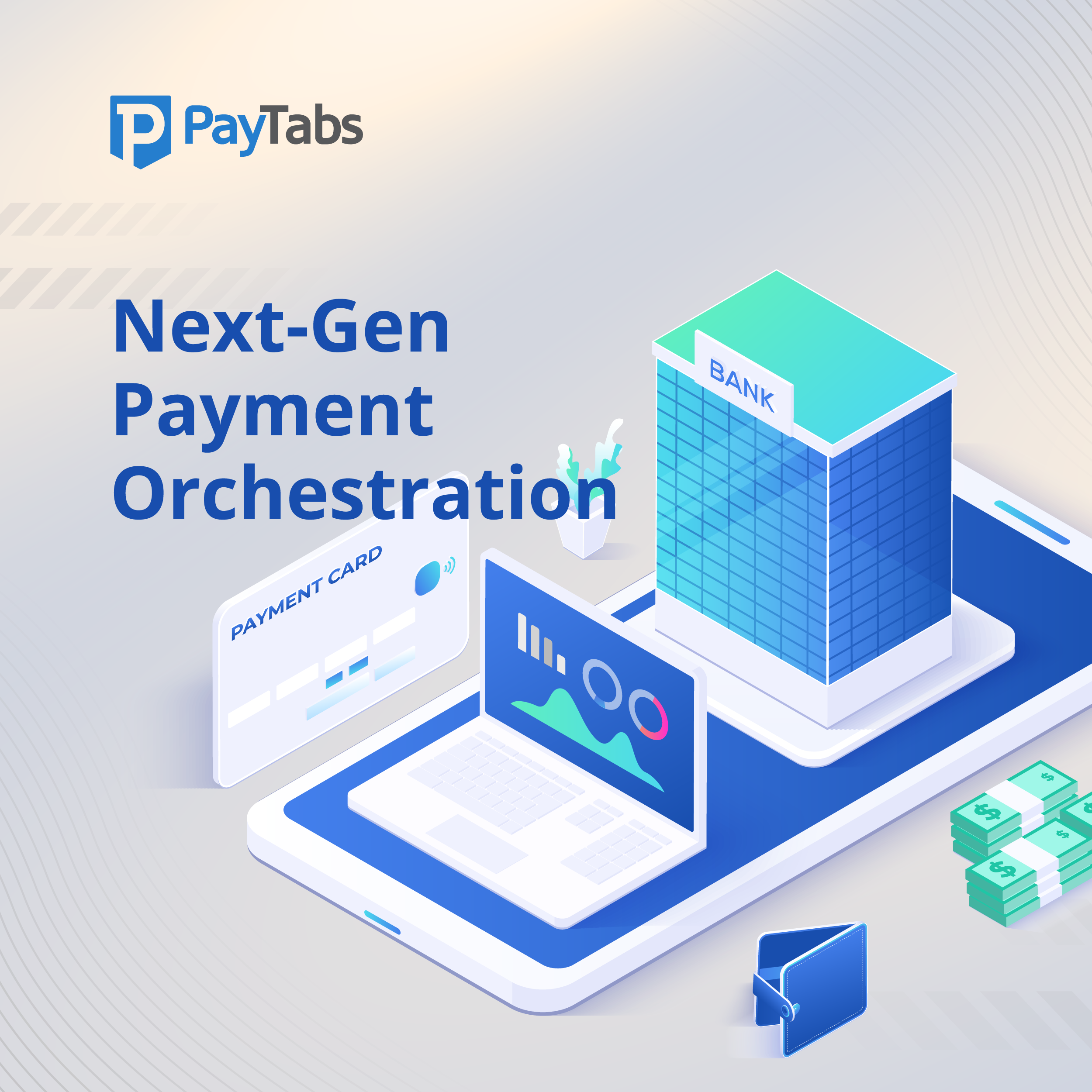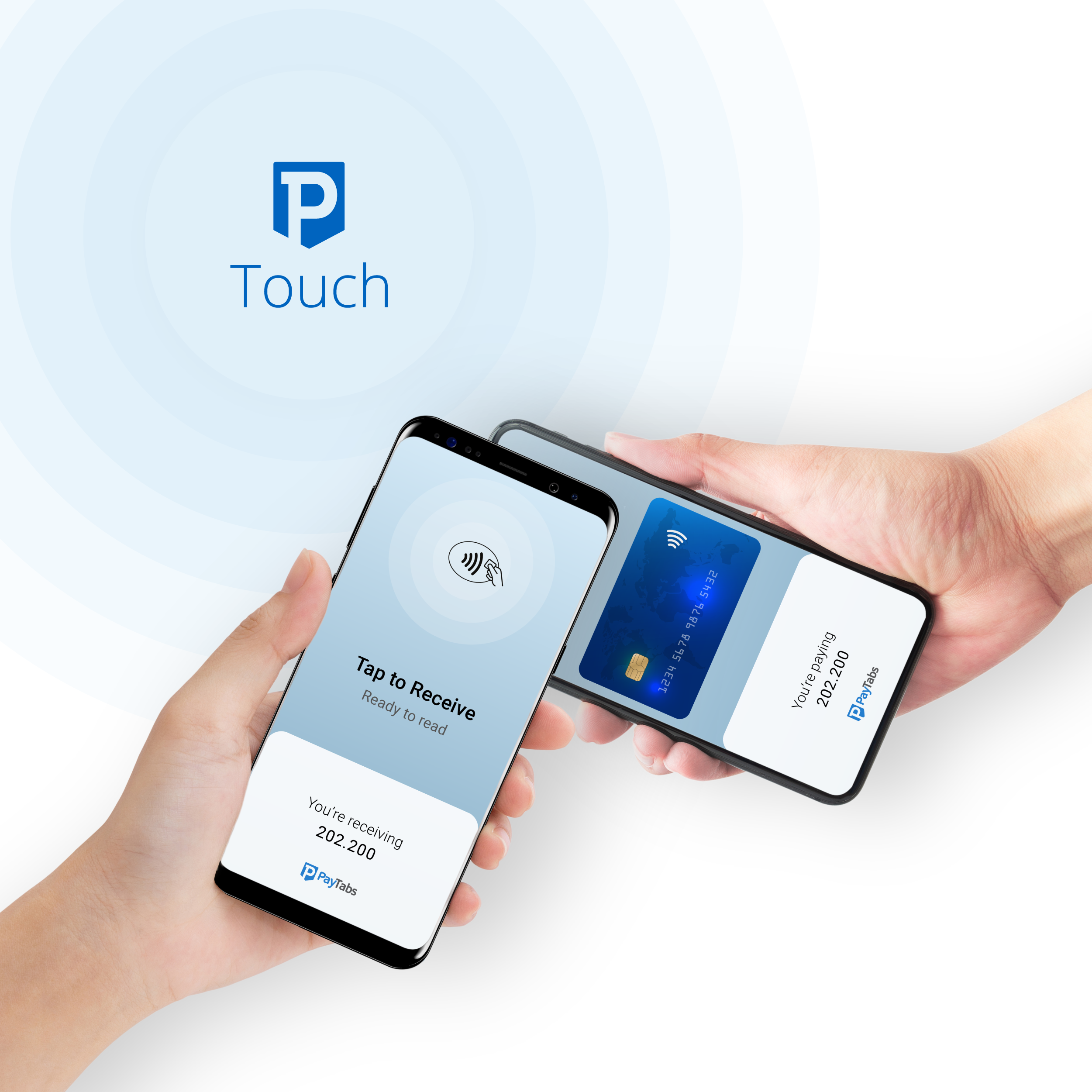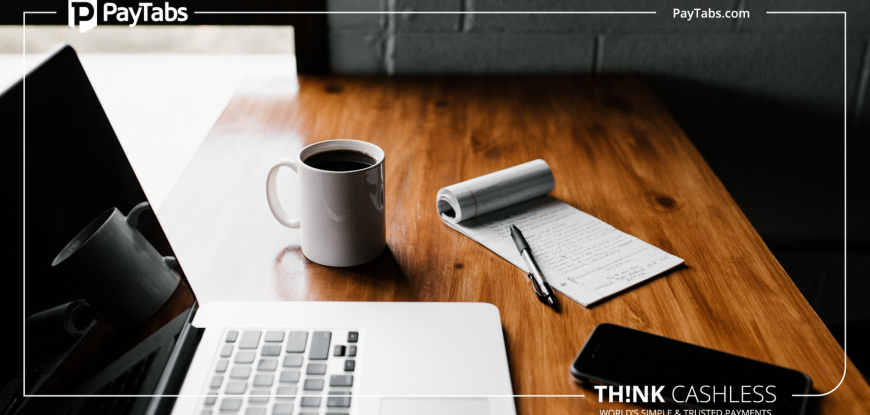An Overview of Different Types of Contactless Payment Solutions
There was a time when cash, cheques, or cards were the most preferred way of doing transactions. Even with the introduction of innovative payment gateways, businesses weren’t willing to part ways with traditional methods of payments. However, things have changed in the recent years, more so because of the COVID-19 pandemic. Now, both people and businesses are choosing to use contactless payment solutions. The convenience offered by such payment solutions and the fact that they don’t require any contact between the parties has made them highly popular. To know more about contactless payment meaning and the different options you can choose from as a business, read on.
What is the Meaning of Contactless Payment?
Contactless payment methods do not require any contact between the payer and payee. The two technologies that make contactless payment possible are known as radio frequency identification (RFID) and near-field communication (NFC). A person just needs to be close to a point-of-sale (POS) terminal with the contactless payment feature to make the payment.
Types of Contactless Payment Solutions
There are several different types of contactless digital payment solutions that you can use as a business owner. Some of the most popular ones are:
Contactless Cards
Contactless cards are one of the most popular types of contactless payment methods being used these days. Contactless cards look almost like regular credit and debit cards. The only difference is that they contain an antenna that facilitates contactless payment. These cards use RFID and NFC technology to make the transaction possible.
Also Read: 4 Ways to Prevent Credit Card Fraud at Your Business
Also known as tap-to-pay cards, contactless cards sure revolutionised payment methods. They are a secure, easy, and fast way of making payments. You can either hover the card over the card terminal or tap it once to use it. Often, the cards also include a magnetic strip that allows for payment by swiping. This can be done in case you don’t have a contactless POS available.
For your business to use contactless cards for payments, all you need is a contactless-enabled terminal. The terminal will read the information and complete the payment once the card is near.
Mobile Apps and Wallets
While contactless cards are an easy and speedy way of making payments, there is still the hassle of carrying them everywhere. Mobile apps and wallets have solved this problem. All your customers need to make contactless payments is carry their mobile phones everywhere, which they do anyway. Making payments through mobile phones has become incredibly popular in recent years. It’s easy, secure, hassle-free, and doesn’t anyone to touch anything.
To use this method, the customer needs to download any application they feel is best for making online payments and link it to their bank, debit cards, or credit cards. Most of the payments today are done by scanning the unique QR code through the app. Once scanned, the customer just needs to enter their secure pin, and voila, the payment will be done.
As a business owner, you only require a unique QR code and a contactless POS terminal to provide this method of payment to your customers.
Digital Payments
Also known as electronic payments, digital payment is an umbrella term for all payments that use a device to make payments. Whether your customers are making a payment on your website using their card or physically using their card to make a payment in your store, all constitute digital payments. But most digital payment methods have now become contactless. Using contactless cards and mobile wallets is an example of contactless digital payments. Another example is when your customers use it to make a payment on your website.
Also Read: How Digital Payments Can Ensure Online Business Success
With online shopping becoming a rage worldwide, digital payments have also become a necessity. Many websites offer several different options for digital payments, including credit cards, debit cards, UPI, or mobile wallets. To enable digital payments on your website too, you need to embrace a reliable and versatile payment gateway.
Benefits of Using Contactless Payment Solutions
Apart from requiring zero contact between payer and payee, contactless payments have several other benefits.
Fast Transactions
Contactless payments are much faster than other forms of payments with transactions taking mere seconds to finish. In this fast-paced world, where everyone wants to save time, contactless payments are exactly what we need.
Convenience
With options such as mobile apps and wallets, people do not even need to carry their cards with them. Contactless payments are not only hassle-free, but also make spur-of-the-moment shopping easy. All your customers need is their mobile phone and money in their bank account and they can go on a shopping spree in your offline or online store.
Also Read: Indian Marketplaces: Shift from Offline to Online
Security
Contactless payment methods take security seriously. With contactless cards, the antenna begins the payment only when in proximity to the POS. With other forms, it usually requires a unique code before the payment goes through. This makes the method highly secure and safe.
Also Read: 7 Tips for Safe Online Transactions
Factors to Consider While Choosing a Gateway for Contactless Payments
A payment gateway is crucial for your business. To ensure you choose only the best, consider the following factors-
Price
The price for a payment gateway depends on several factors, such as the number of monthly/annual payments, types of payments, etc. It is crucial to determine your requirements before choosing a contactless payment gateway. Some payment gateways charge a setup fee for new businesses. This fee is often fixed, but many options do not charge any fee.
Security and Safety
One of the most essential things for your business is to ensure your customers’ safety and security. Even if you are a small business, customers expect a highly secure payment gateway. Thus, while choosing a payment gateway, explore their safety and security protocols. Many payment gateways offer the option of customising the payment page, which might not even let the customer know they have been redirected to a third-party page. This makes the experience more secure and seamless.
Compatibility with Devices
Depending on your business model and the services you offer, the kind of visitors you will get will differ. So will the devices they use. Many contactless payment gateways have now upgraded themselves enough to work well with all devices, but it is essential to check for the same. Ideally, a payment gateway compatible with the maximum number of devices is the best. Be sure to check the platform yourself before selection.
Smooth Integration
Many customers usually abandon the shopping cart if they face problems while making payments. This is not something you want for your business. A payment gateway can only function well if it is integrated smoothly into your platform. The goal is to make the user experience as seamless as possible.
Customer Support
Excellent customer support is the key to excellent business operation. Choose a payment gateway that offers customer support 24*7 to avoid any unexpected problems. Consider it this way, if your payment gateway stops working or starts glitching during peak hours, you will lose significant time and money. Therefore, a payment gateway with round-the-clock support and several ways to reach them is essential.
In short, a contactless payment gateway has the potential to make or break your business. So, choose one that will cater to all your needs.
Why Use PayTabs?
Launched in 2015, PayTabs was started as an affordable payment gateway for small and medium-sized businesses. Today, it has grown into an award-winning payment processor. It offers multi-currency support and quick fund settlements. PayTabs is compatible with different payment options like MasterCard, Visa, OmanNet, etc. It also offers open APIs that allow you to integrate PayTabs into your website. PayTabs is PCI DSS certified too and has strong anti-fraud management to maintain secure services. It’s a win-win for you in every way.
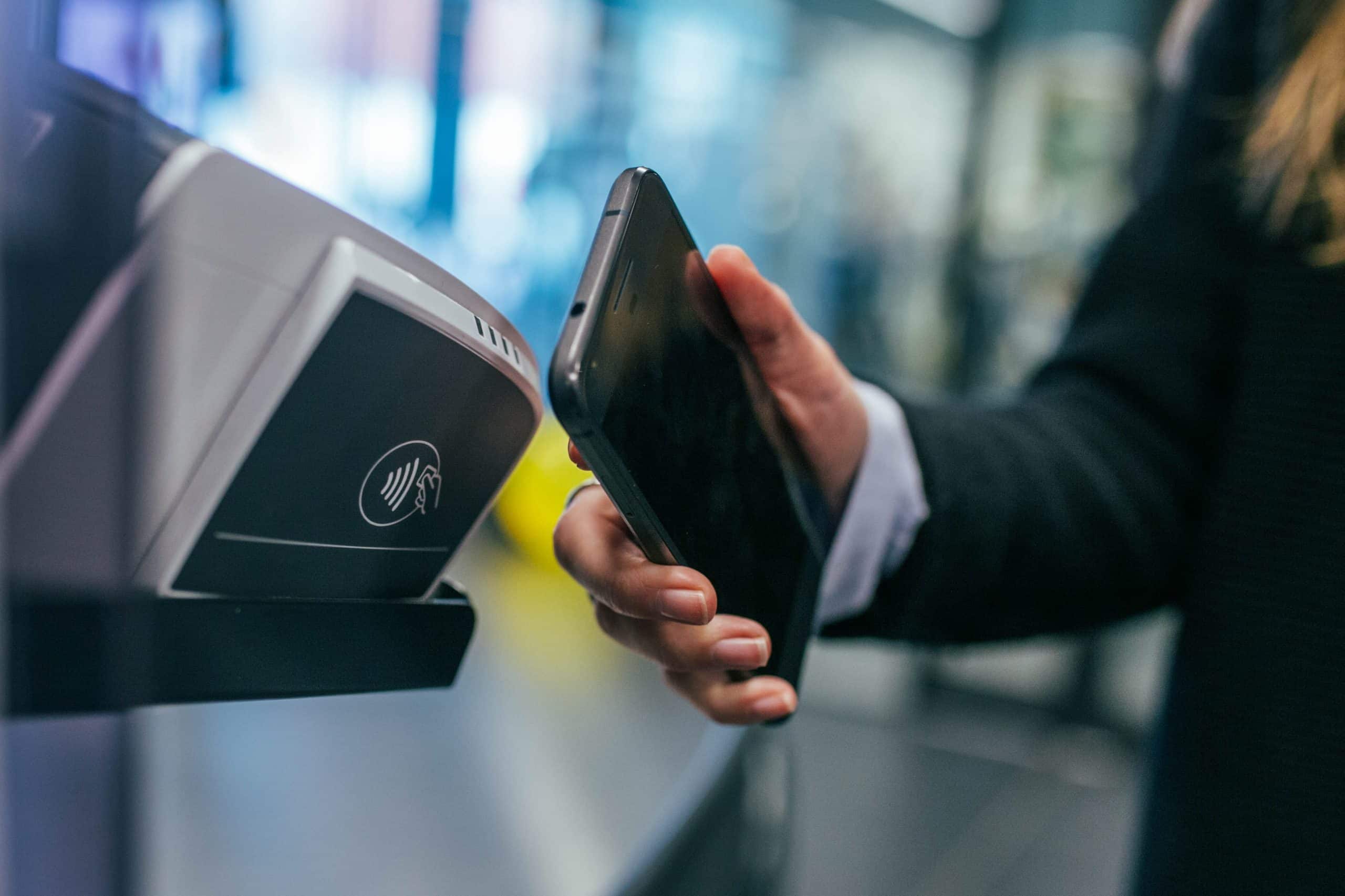


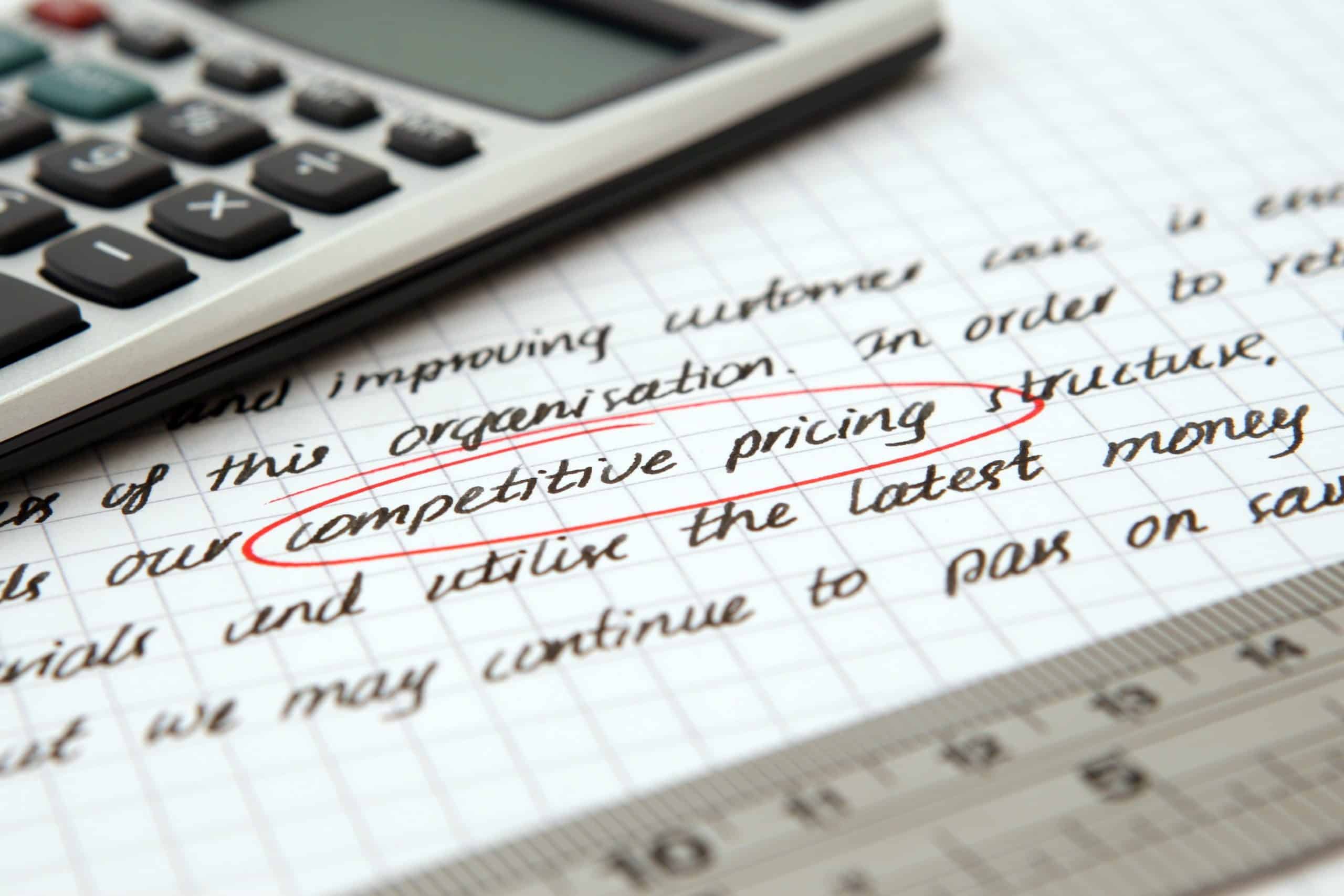
 Alex Husar
Alex Husar